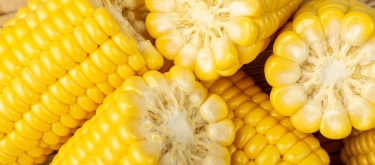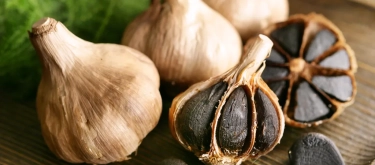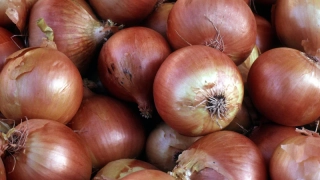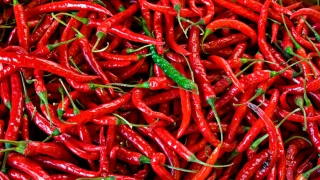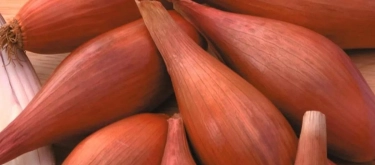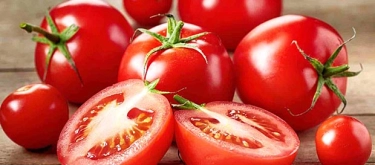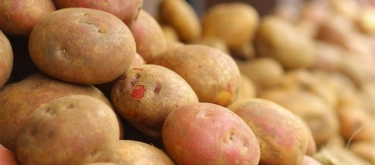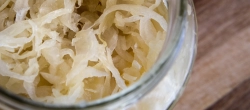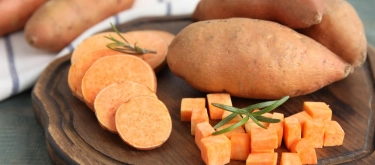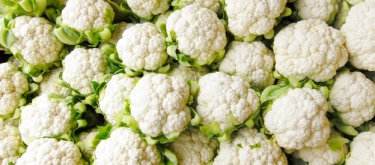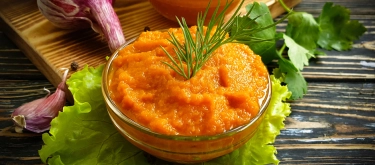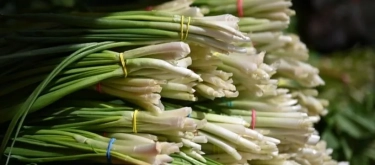Huitlacoche (Corn Smut): Taste Profile, Aroma, Benefits and Health Risks
Huitlacoche, also known as corn smut or Mexican truffle (Ustilago maydis), is a fungus that infects corn kernels, transforming them into swollen, grayish-blue galls. Celebrated as a delicacy in Mexican cuisine, huitlacoche is prized for its unique umami-rich flavor and is often referred to as a “gourmet mushroom” in both traditional and modern dishes.
Huitlacoche is generally safe for most people when properly cooked. As with other edible fungi, allergic reactions are rare but possible, especially in those sensitive to mushrooms or mold. It contains gluten-free protein and is suitable for vegetarian and vegan diets. Individuals with a mushroom allergy should avoid huitlacoche. Only immature, fresh galls (not dried or spoiled) are used for food; no toxic compounds are present in culinary forms.
What does Huitlacoche (Corn Smut) taste like?
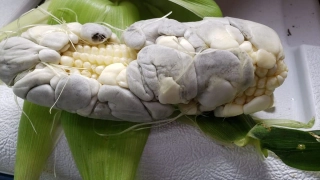
Complete Sensory Description
Huitlacoche (corn smut) has an earthy, mushroom-like flavor with distinct notes of sweet corn, truffle, and a hint of smoke.
First impression: The initial taste is deeply savory, combining the richness of sautéed mushrooms with a slightly sweet, vegetal corn undertone.
Development: As you chew, subtle flavors of black pepper, truffle, and roasted nuts emerge, accompanied by a mild smokiness. The taste is smooth, full-bodied, and slightly creamy.
Aftertaste: The finish is lingering and umami-heavy, with a gentle sweetness and a faint mineral note, sometimes described as reminiscent of black garlic or caramelized onion.
Texture: Soft, moist, and slightly spongy when cooked; can be creamy or a bit chewy depending on preparation.
Appearance: Bulbous, gray to bluish-black growths on corn ears, turning black and soft when cooked; visually similar to wild mushrooms in a prepared dish.
In-depth Flavor Analysis
Huitlacoche’s unique flavor comes from a combination of amino acids (notably glutamic acid, responsible for umami), simple sugars from the infected corn, and various aromatic compounds. Volatile sulfur compounds provide its subtle truffle-like aroma. The presence of the fungus changes the corn’s starches into more digestible sugars and increases the overall depth of flavor, creating savory, earthy, and even slightly sweet notes that aren’t present in regular corn or common mushrooms. The flavor intensity varies with freshness, corn variety, and stage of fungal development.
Culinary Uses and Forms of Consumption
Fresh huitlacoche:
Fresh huitlacoche is typically sautéed and used as a filling for tacos and quesadillas, where its earthy, umami flavor is complemented by onions, garlic, and Mexican herbs such as epazote. It is often paired with cheese, corn tortillas, and mild peppers. The soft texture and savory taste make it ideal for warm fillings and as a topping for traditional Mexican dishes.
Cooked huitlacoche:
When cooked, huitlacoche is used as a primary ingredient in soups (crema de huitlacoche), tamales, and sopes. It blends well with mushrooms, sweet corn, and cream, adding depth and a creamy, earthy note to dishes. In pureed form, it serves as a base for sauces and dips, often paired with fresh herbs or cheese to highlight its umami profile.
Preserved huitlacoche (frozen or canned):
Preserved huitlacoche is used similarly to fresh, especially in baked or creamy dishes where a slight change in texture is less noticeable. It is suitable for risottos, omelets, savory pastries, and as a flavor enhancer in sauces and spreads. Pairing with sweet corn or roasted vegetables can bring out its sweetness and earthiness.
Modern and fusion applications:
Contemporary chefs incorporate huitlacoche into dishes such as risotto, pizza, vegan pâtés, or gourmet burgers, using its deep umami character to enhance plant-based and fusion cuisines. It works especially well with grains, beans, roasted peppers, and creamy elements like cheese or avocado.
Not recommended: Huitlacoche loses aroma and texture if overcooked or exposed to high heat for too long. It does not pair well with very acidic or citrus-heavy sauces, which can mask its subtle flavor.
Selection, Preparation, and Storage
Selection:
Choose huitlacoche that is soft, plump, and moist, without dryness, sliminess, or visible spoilage. Only use immature, fresh galls for culinary purposes; avoid those that are dried or too mature.
Preparation:
Always cook huitlacoche before eating—do not consume raw. Rinse gently to remove any debris. Sautéing with onions, garlic, and herbs is common, but huitlacoche can also be added to soups, stews, or used as a filling for tortillas and pastries. Brief cooking best preserves aroma and texture; avoid overcooking.
Storage:
Use fresh huitlacoche within 1–2 days of harvest for best flavor and texture. For long-term storage, freeze or can the fungus. Canned huitlacoche is available in many Mexican and specialty stores.
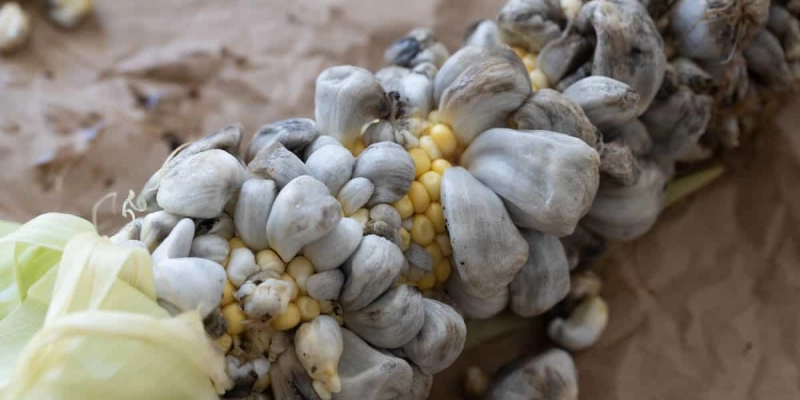
Nutritional Insights
Huitlacoche is a good source of protein (higher than most vegetables), dietary fiber, B vitamins (notably niacin and folate), and minerals such as phosphorus and magnesium. It contains antioxidants (primarily phenolic compounds), which may help reduce oxidative stress.
Potential benefits:
-
Supports digestion due to fiber and prebiotic compounds.
-
May help support immune function through B vitamins, minerals, and antioxidants.
-
Heart health: Low in fat and cholesterol-free, with polyphenols that may promote cardiovascular health.
-
Plant-based protein source for vegetarians and vegans.
Modern Culinary Trends
Huitlacoche is gaining popularity with chefs outside Mexico and is now featured in gourmet tacos, empanadas, pasta, risotto, and as a luxury pizza topping. It is increasingly used in plant-based and vegan recipes for its umami depth and unique flavor, and it is more available worldwide in canned or frozen form.
Interesting and Curious Facts
Huitlacoche was long considered a crop disease in North America, but in Mexico, it is revered as a delicacy and called the “Mexican truffle.” Indigenous peoples and the Aztecs valued huitlacoche for its nutrition and unique taste. The fungus can make an ear of corn up to twenty times more valuable than regular corn.
Harm and Dietary Considerations
Generally safe when cooked. As with all fungi, allergies are possible. Do not eat huitlacoche that smells unpleasant or appears spoiled. No toxicity has been reported in culinary use; not recommended raw. Considered safe for pregnant and breastfeeding women when cooked and eaten in normal food amounts.
Religious Dietary Considerations
Huitlacoche is plant-based and suitable for vegetarian, vegan, Halal, Kosher, Hindu, and Buddhist diets.
Final Thoughts & Sensory Journey
Huitlacoche offers a deep, earthy, and savory flavor that blends the essence of mushrooms, sweet corn, and truffles. Its umami richness and unique aroma bring a surprising and memorable experience to traditional and modern dishes.
Resources
-
Davidson, A. (2014). The Oxford Companion to Food. Oxford University Press. ISBN 978-0199677337
-
Lappe-Oliveras, P. et al. (2008). "Nutritional and Functional Properties of Huitlacoche (Ustilago maydis)." Food Reviews International.
-
McGee, H. (2004). On Food and Cooking: The Science and Lore of the Kitchen. Scribner. ISBN 978-0684800011
-
Journal of Agricultural and Food Chemistry, 2010, "Phenolic Content and Antioxidant Activity of Mexican Corn Smut (Huitlacoche)"
